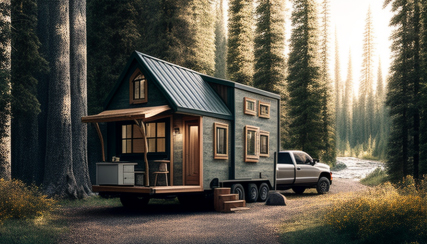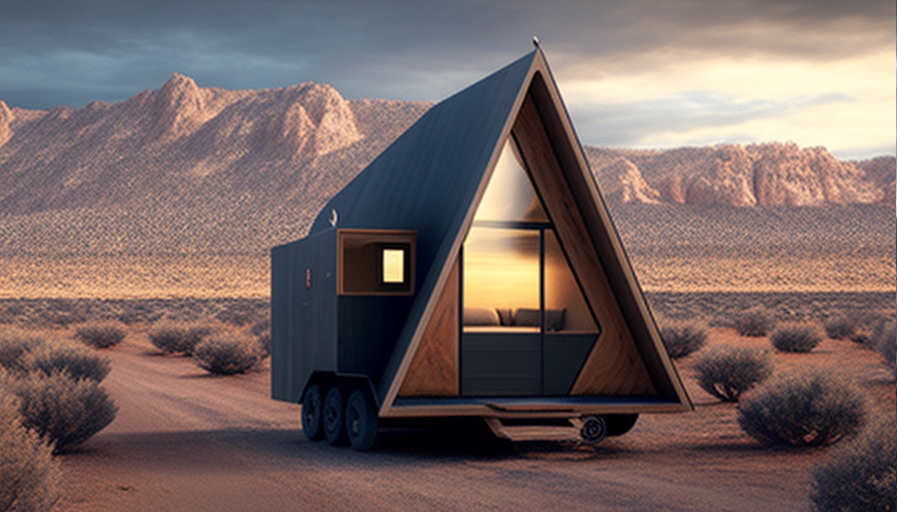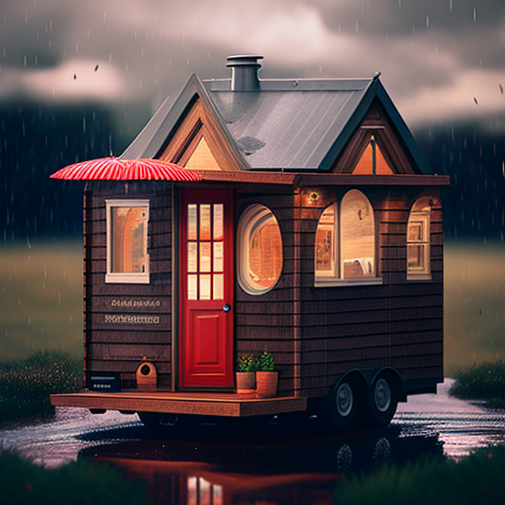Tiny houses are a popular trend that has gained immense popularity over the past few years. Tiny house living involves living in a small house that is less than 500 square feet. In this article, we will discuss the concept of tiny house living and its benefits, challenges, and tips for successful living.
- What is Tiny House Living? Tiny house living is the concept of living in a house that is less than 500 square feet. These houses are designed to be functional and efficient, with minimalistic living as the core principle. The tiny house movement was popularized in the 2000s and has since gained popularity, as people are looking for a simpler lifestyle and affordable housing options.
- Advantages of Tiny House Living: a. Affordability: Tiny houses are much cheaper than traditional homes, making them an affordable option for those looking for housing options. The cost of building a tiny house is significantly lower than the cost of building a traditional house.
b. Eco-friendly: Tiny houses have a lower carbon footprint than traditional homes. They require less energy to heat and cool, and their size means they need fewer resources to build.
c. Minimalistic Lifestyle: Tiny house living promotes a minimalistic lifestyle. This means you can only keep the things you need and eliminate clutter, leading to a more organized and stress-free living environment.
d. Mobility: Tiny houses are mobile and can be moved from one location to another. This makes them an excellent option for those who love to travel or for those who want to live in different locations without having to buy a new house.
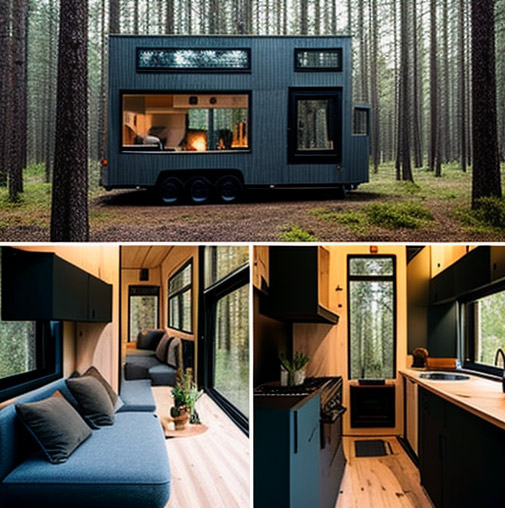
- Challenges of Tiny House Living: a. Limited Space: Living in a tiny house means living in limited space. This can be a challenge for those who are used to living in larger homes.
b. Zoning and Legal Issues: Zoning laws and legal issues can be a challenge for those who want to live in a tiny house. Many cities and towns have regulations on the minimum size of houses, making it difficult to find a place to park or build a tiny house.
c. Lack of Storage: Tiny houses have limited storage space. This can be a challenge for those who have many possessions or those who need extra space for storage.
d. Limited Privacy: Living in a tiny house means living in close quarters with others. This can be a challenge for those who need their own space or who have a family.
- Tips for Successful Tiny House Living: a. Decluttering: Living in a tiny house requires a minimalistic lifestyle. Decluttering your possessions is a crucial step in making the most of your tiny house.
b. Multifunctional Furniture: Using multifunctional furniture is a great way to maximize space in a tiny house. Furniture that doubles as storage or has multiple uses can help save space and make your tiny house more functional.
c. Creative Storage Solutions: Using creative storage solutions is another way to maximize space in a tiny house. Using vertical space, hanging storage, and hidden storage are excellent ways to create extra storage in your tiny house.
d. Outdoor Living Space: Creating outdoor living space is another way to make the most
of your tiny house living. Adding a porch, deck, or patio can create extra living space and give you the opportunity to enjoy the outdoors.
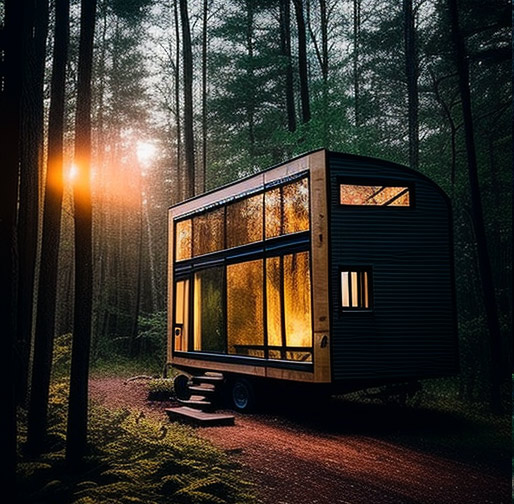
- Conclusion: Tiny house living can be a great way to simplify your life, reduce your carbon footprint, and save money. However, it also comes with its own set of challenges, such as limited space and zoning regulations. By following the tips for successful tiny house living, you can make the most of your small space and enjoy all the benefits of tiny house living.
- FAQs: Q: How much does it cost to build a tiny house? A: The cost of building a tiny house can vary depending on the size, materials, and location. On average, a tiny house can cost between $20,000 and $60,000 to build.
Q: Where can I park my tiny house? A: Finding a place to park your tiny house can be a challenge due to zoning regulations. Some tiny house owners choose to park their homes on private property, while others join tiny house communities or RV parks.
Q: Can you live in a tiny house with a family? A: Yes, it is possible to live in a tiny house with a family. However, it requires careful planning and organization to make the most of the limited space.
Q: Are tiny houses eco-friendly? A: Yes, tiny houses are considered eco-friendly due to their small size and efficient use of resources. They require less energy to heat and cool, and their size means they need fewer resources to build.
Q: Can you have pets in a tiny house? A: Yes, you can have pets in a tiny house. However, it is important to consider the space available and the needs of your pets before deciding to live in a tiny house with pets.

